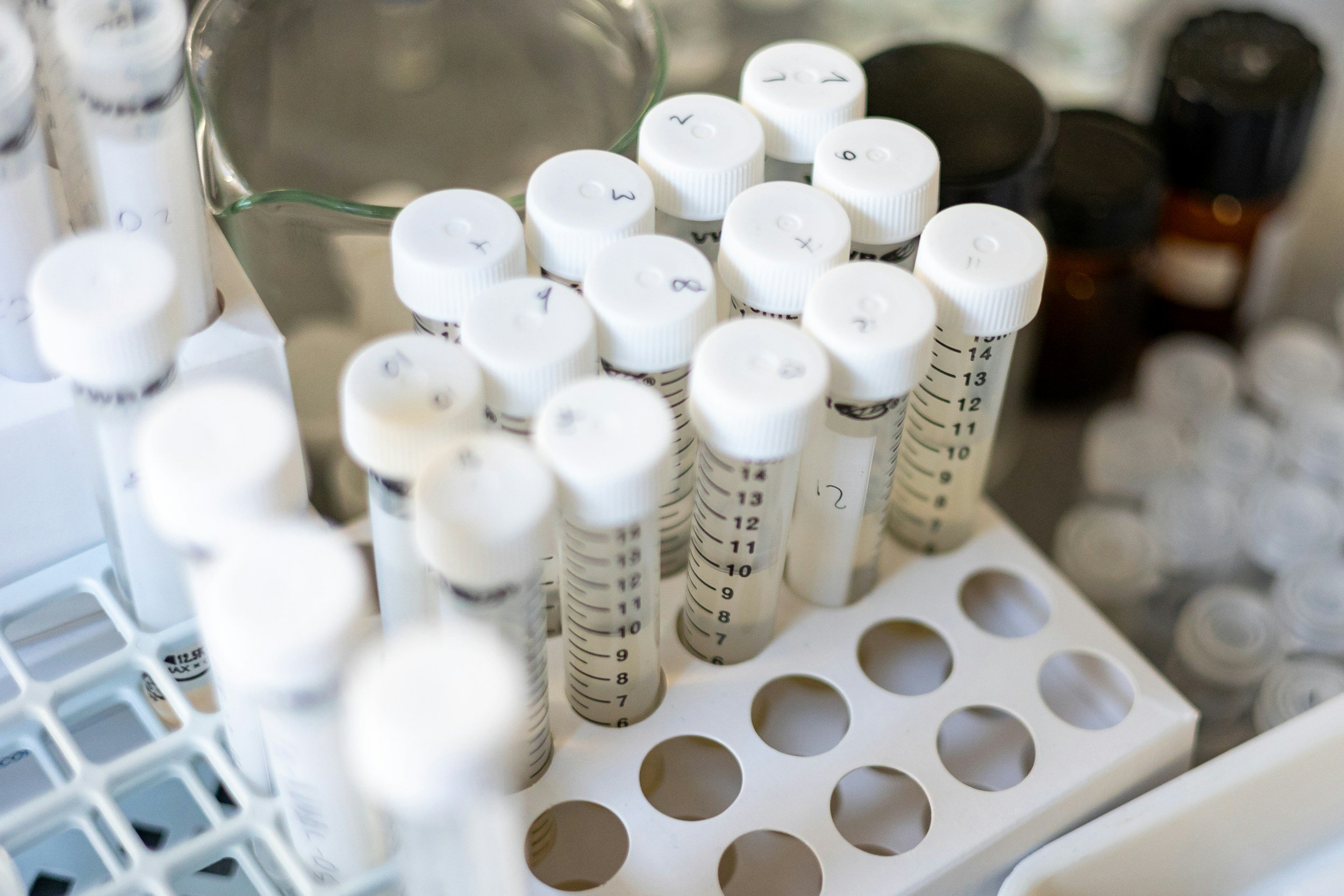
Using science to produce better beef and protect the world we live in.
Healthier environments lead to healthier beef.
-
Rotational Grazing
In the early 1980s, owner Jim Hanes looked to New Zealand to learn about the benefits of rotational grazing. While most farms at the time allowed cattle to graze on large pieces land until the roots of the grass were exposed or removed, Jim noted this led to erosion and soil damage. By dividing land into smaller parcels, fencing and moving the cattle every few days, he noted that erosion was prevented, the soil held more water, and the cattle required less supplementary feeding.
-
Soil Microbial Diversity
Senah Farm began working with Virginia Tech to test practices such as algae overlays and fungi applications to avoid the concerning practices of pesticide and fertilizer use that have been linked to animal and human health problems. Over the past 8 years, Senah has been testing soil areas in paddocks across the farm to see if microbial content, which is linked to soil health, has been increasing. Incredibly, Senah Farm has seen gains in over 80% of the test sites with better soil health and grass growth, without the use of pesticides and traditional fertilizers. We continue to track how this translates to better beef and healthier animals.
-
Healthy Watersheds
Senah Farm believes that healthier watersheds lead to healthier environments, and in the early 1990s partnered with the Virginia State Government’s CREP (Conservation Reserve Enhancement Program) by planting large amounts of riparian buffers by streams along the farm. By limiting the places cattle can cross the streams and increasing wildlife habitat, Senah Farm is able to enhance the watershed of the valley while also providing clean water sources for our cattle.
-
Grazing Polyculture
There is increasing amounts of data to support the idea that allowing cattle and other grazing animals to subsist on multiple food sources creates healthier meat and healthier environments. By avoiding the pitfalls of monoculture, an unnatural environmental state, we are able to offer natural solutions to environmental problems while also allowing animals to self-medicate as they experience nutritional deficiencies or mild illnesses.
